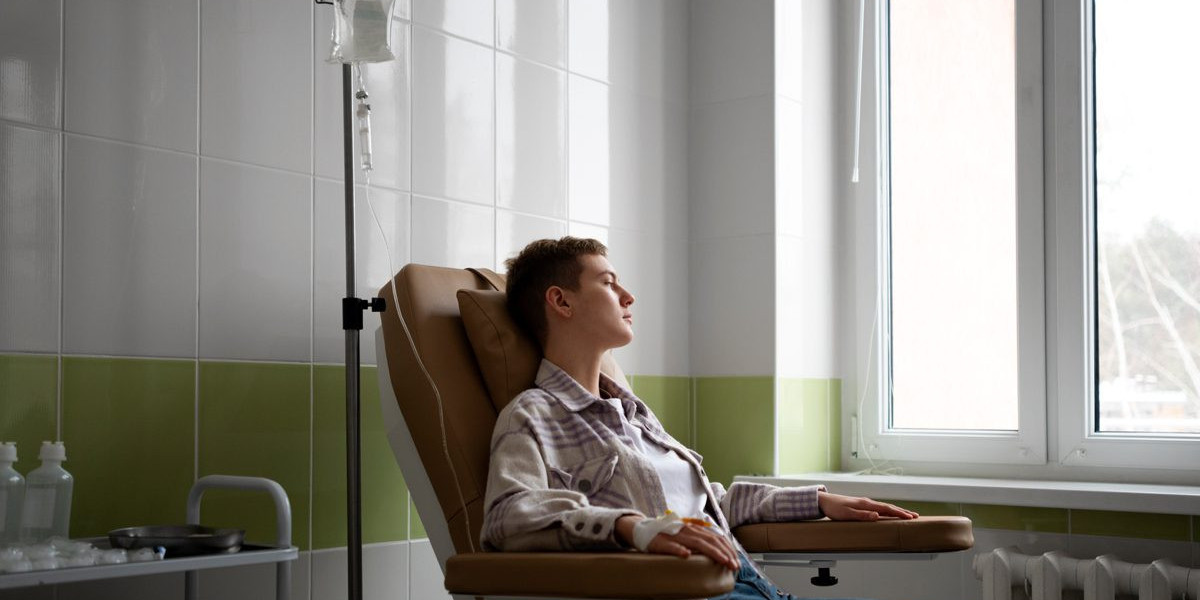Wellness has become one of the most talked-about industries in the past decade. From yoga retreats in Bali to green smoothies trending on Instagram, the conversation around taking care of one’s mind and body has never been more prominent. But behind the glossy images of spa days and expensive treatments lies a deeper transformation: wellness is no longer being defined purely as a luxury for the wealthy. Instead, it is becoming about accessibility, convenience, and personalization—ensuring that everyone can benefit from healthier living, not just those with deep pockets.
This shift is reshaping how people view self-care, how businesses deliver services, and how technology continues to bridge the gap between aspiration and practicality. Let’s take a closer look at why modern wellness is increasingly about accessibility rather than exclusivity.
The Evolution of Wellness: From Exclusive to Inclusive
Traditionally, wellness was tied to luxury. Think back to the early days of high-end spas, exclusive gym memberships, or destination retreats in exotic locations. The idea of prioritizing one’s well-being was often marketed as a status symbol, signaling both wealth and time to indulge in self-care.
But as conversations around mental health, stress management, and preventive care have grown, wellness has become more democratized. What was once perceived as indulgence is now recognized as necessity. Affordable fitness apps, community yoga classes, and even simple mindfulness practices have proven that wellness doesn’t have to come with a luxury price tag.
The Role of Technology in Democratizing Wellness
Technology has been the single biggest driver in making wellness more accessible. Consider the explosion of wellness apps that guide users through everything from daily meditation to personalized workout plans. Where once you might have needed a personal trainer or a therapist, you can now find tailored support through your smartphone at a fraction of the cost.
Streaming platforms allow people to participate in virtual fitness classes, nutrition consultations can take place over video calls, and wearable devices provide real-time data on heart rate, sleep cycles, and activity levels. This seamless blend of technology and health empowers individuals to take charge of their well-being without requiring expensive, in-person experiences.
The Rise of At-Home Wellness Services
Another defining feature of this new era is convenience. As lifestyles get busier and commutes longer, people increasingly value services that come to them rather than requiring them to go somewhere. Home delivery meal kits, mobile physiotherapists, and even telemedicine are examples of wellness being designed around accessibility.
In fact, one of the fastest-growing trends is on-demand healthcare services that bring clinical treatments directly to people’s living rooms. For example, services such as IV drip at home highlight how once-exclusive therapies, previously reserved for celebrities or luxury spas, are now available to everyday individuals who simply want efficient, personalized care without disrupting their schedules.
Wellness as Preventive Care, Not a Luxury
Another key factor in this transformation is how wellness is viewed in terms of necessity. Healthcare systems across the world are strained, and people increasingly understand that preventing illness is often far easier and cheaper than treating it later. This shift from reactive to proactive health has fueled the accessibility trend.
For instance, affordable options like online fitness challenges, budget-friendly meal-prep guides, and free meditation resources are helping people maintain better health before problems arise. Preventive care is no longer being marketed as “extra” but rather as foundational—just like eating balanced meals or brushing your teeth daily.
The Psychological Shift: Everyone Deserves Wellness
Luxury often carries an aura of exclusivity, but modern wellness carries the opposite message: inclusivity. It’s about breaking down the idea that wellness is only for those with time, money, or privilege. The current cultural shift emphasizes that everyone, regardless of income or background, deserves to feel well, both mentally and physically.
This is particularly important in urban communities and underserved populations, where stress and health issues can be higher. Accessible wellness services—whether free fitness apps, affordable counseling options, or at-home health treatments—ensure that more people can participate in wellness culture without being excluded.
The Social Media Effect: Shaping Expectations
Social media has played a double-edged role in the wellness industry. On one hand, it has glamorized luxury wellness, showcasing influencers at five-star resorts sipping green juices. On the other, it has also normalized everyday wellness practices, spreading awareness of affordable methods like journaling, walking for mental clarity, or practicing gratitude.
Influencers and brands are increasingly aware that their audiences value relatability over exclusivity. A growing number of creators focus on showing practical, budget-friendly wellness tips rather than unattainable lifestyles. This has encouraged businesses to rethink how they package and promote wellness—favoring accessibility over aspirational exclusivity.
Convenience as the New Luxury
Interestingly, the definition of luxury itself is shifting. For modern consumers, the ultimate luxury is not necessarily something expensive but something that saves time, reduces stress, and integrates seamlessly into their lives. In this sense, accessibility has become a form of luxury.
For example, someone may choose a wellness app subscription over a high-end personal trainer, not because they can’t afford the latter, but because the app offers convenience and flexibility that fits their schedule. Similarly, on-demand at-home wellness services thrive because they eliminate the barriers of travel, waiting times, or strict appointment schedules.
The Economics of Accessible Wellness
Making wellness accessible doesn’t just benefit individuals—it also creates massive opportunities for businesses. Affordable wellness products and services can reach a much broader audience than luxury ones. Subscription-based models, digital platforms, and scalable online services allow companies to serve millions at once, rather than catering to a small group of wealthy clients.
This is why we see budget-friendly fitness trackers dominating the market alongside luxury smartwatches, or why mental health apps are being used by millions despite the existence of costly private therapy options. Accessibility drives volume, which in turn drives growth.
Accessibility as a Social Responsibility
Finally, there’s a growing recognition that businesses in the wellness space have a responsibility to make their services inclusive. As consumers become more socially conscious, they want to support brands that prioritize equity and access. This has led many wellness companies to launch initiatives such as community outreach, sliding-scale pricing, and donation-based models.
For example, some fitness studios now offer free or discounted classes to students or low-income individuals, while online platforms provide scholarships or free resources to those who need them most. Wellness is being reframed not as a privilege, but as a basic human right.
Conclusion: The Future of Wellness Is Accessible
The wellness industry is at a crossroads. While luxury retreats and high-end treatments will always have their place, the true future of wellness lies in accessibility. It’s about recognizing that health and well-being should not be luxuries reserved for the few, but essentials available to all.
Technology, shifting cultural values, and consumer demand for convenience are pushing the industry toward inclusivity and personalization. Whether it’s a free meditation app, a low-cost online fitness program, or health services delivered directly to your doorstep, wellness today is about meeting people where they are.
In the years to come, accessibility will define the wellness movement more than exclusivity ever did. Because ultimately, wellness isn’t just about looking good—it’s about living better, and everyone deserves that opportunity.







